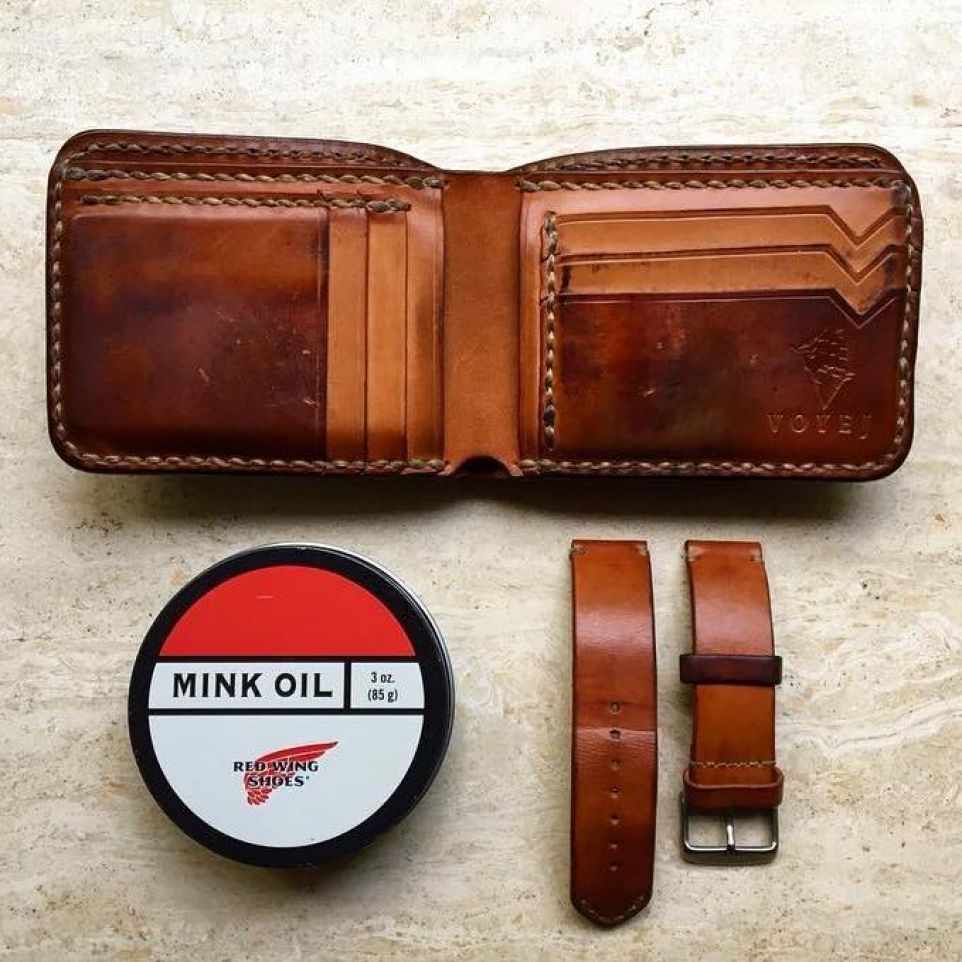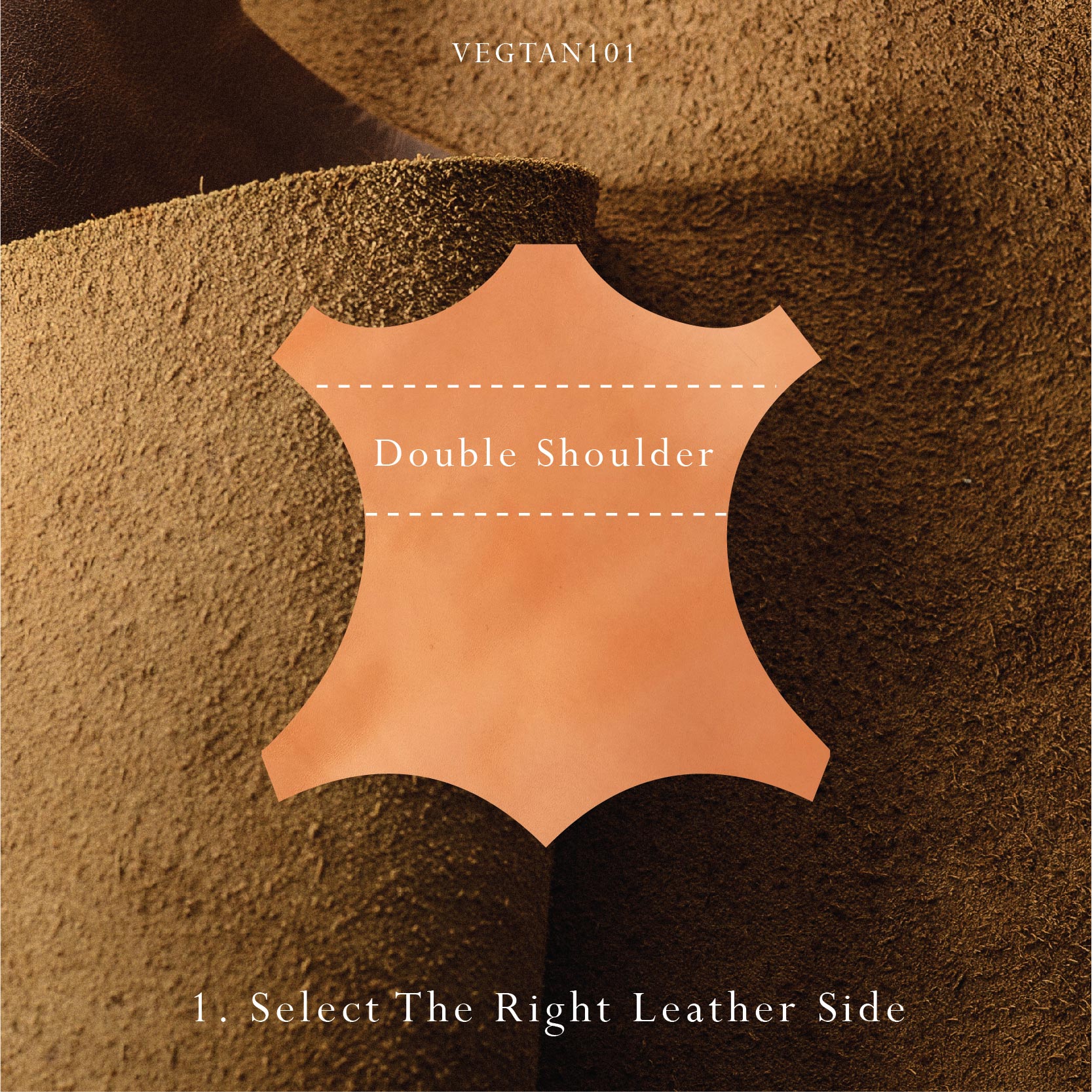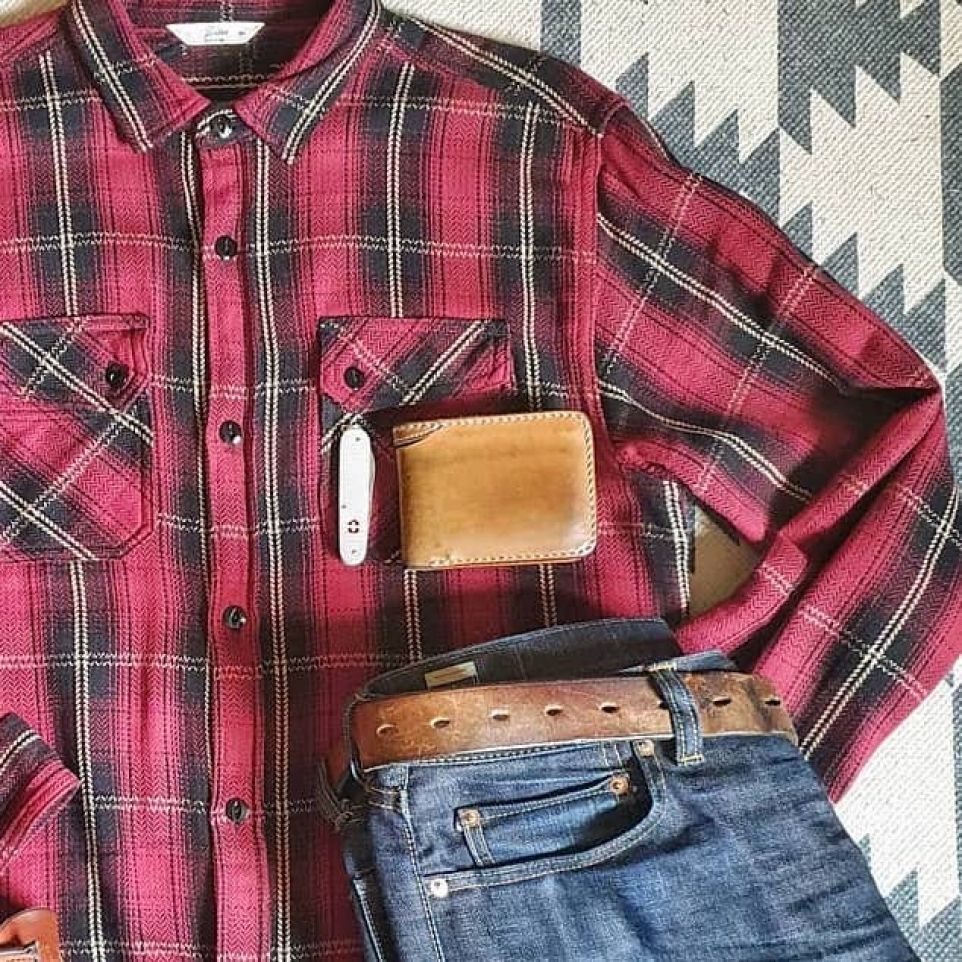
Journey of Leon Yeghiazarian #POTW - series 4918
Journey of Leon Yeghiazarian #POTW - series 4918 week 49 of 2018
28 August 2023
Vegetable tanned leather has been our passion since the day VOYEJ was developed back in 2010. It also inspires us to design the brand’s logo which carry the spirit of what makes the leather so special, its characteristic. As we sail through the time, we found that vegtan leather getting more excited than ever due the maturity process when the leather exposed to various condition. Its pale color tone will turn into beautiful and rich brown over time with noticeable level of shine on the surface.

The word “patina” always come in our mind when dealing with this kind of aging. While patina itself is universally accepted for different kind of things, leather patina has its own charm since it is very personal. Whatever the leather will turn into, it is a true journey that the user has experience with. Let us guide you through the basic knowledge of vegtan leather.
Now we’re going to share the information about the process of making vegtan leather and what makes it different than other type of leather tanning. To simplify things up, we’ve divided the whole process in five basic steps:

Well-chosen material is the first step to build a good long lasting leather goods. We choose double shoulder part for most VOYEJ’s leather goods with American Cowhide badge on it because of its firmness and the great natural color tone.
The ability to be shaped in various forms also made this leather versatile for different purposes. With that in mind, the wallet will have smooth leveled surface and comes in proper shape as we designed to.

To prevent the raw leather from rotting and further degradation, vegetable tannins are used with the right mix. This will ensure the material is well prepared for the next step. Tannins are made from organic substance which includes plant tissues and tree barks. While tanning process is basically the use of tannins to preserve collagen from animal skin, we only use vegetable tannins for all leather we use for making leather goods.
Vegetable tanning is the traditional method of tanning leather and has been around for thousands of years. The process is considerably time-consuming and need to be handled by skilled craftsmen. With all the complexity, comes the vegtan leather we known for its natural feel, sweet scented, will develop patina over time, and tough on hard duty.

After the leather washed, bleached, dyed (if required), and fattened in large rotating drums, the soaking wet hides are pressed to remove excess water in it. Setting machine is used to smooth-out damp leather, make it flattened and once again squeezed out any excess water. This process is similar to ironing but done without any heat.
This step resulting in smooth leather hides with very minimal stretch since the machine pulled away any crease during the process.

Further water reduction is done by hanging the leather hides in controlled environment (adjusted for correct humidity and temperature). This process might take days to complete.
Once all dried up, the hides are trimmed on the edges to remove unusable part and stored in dedicated storage room. Some hides are flattened to remove any stretches or creases that might occur during drying step. Smoother grain is the result from pressing-machine while the buffing process produce the velvety back-side of leather.
The natural tone of vegtan leather can adjusted with further finishing step which available upon request.

Finished leather hides are trimmed by the size and measurement has been taken to gauge the thickness of every layer.
Not every leather is created equal that is why skilled craftsmen are taking control over output quality by sorting the hides based on type, grade, grain, and finishing (or color). Splitting-machine will be used if the user / customer requires specific leather thickness for special occasion.
---
We hope that those basic steps will help you to better understanding the key components of vegetable tanning process.
Find out the latest news and information about VOYEJ

Journey of Leon Yeghiazarian #POTW - series 4918 week 49 of 2018

Journey of Edward Cracknell #POTW - series 1519 week 15 of 2019

Journey of Nicholas Pangaribuan #POTW - series 1619 week 16 of 2019